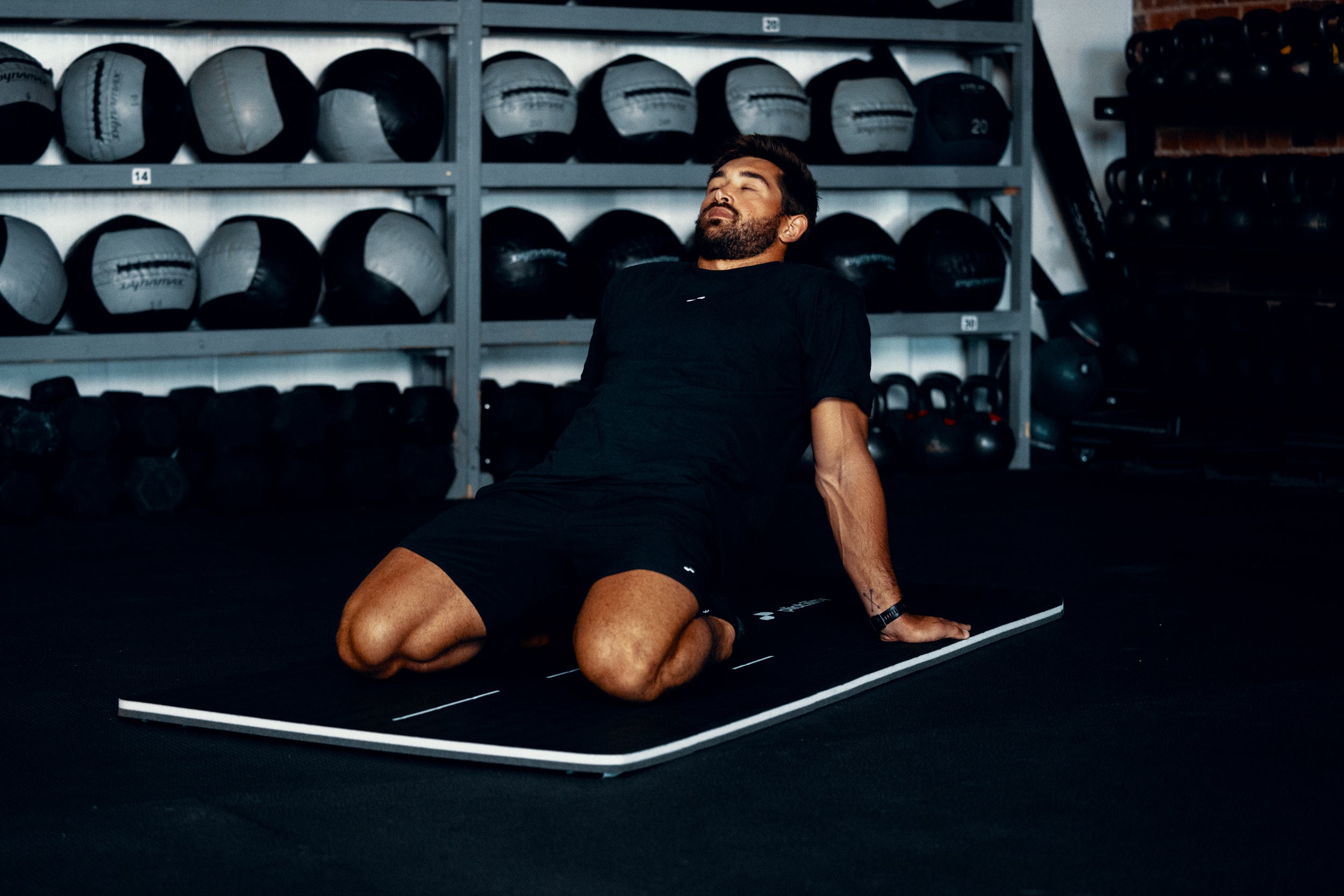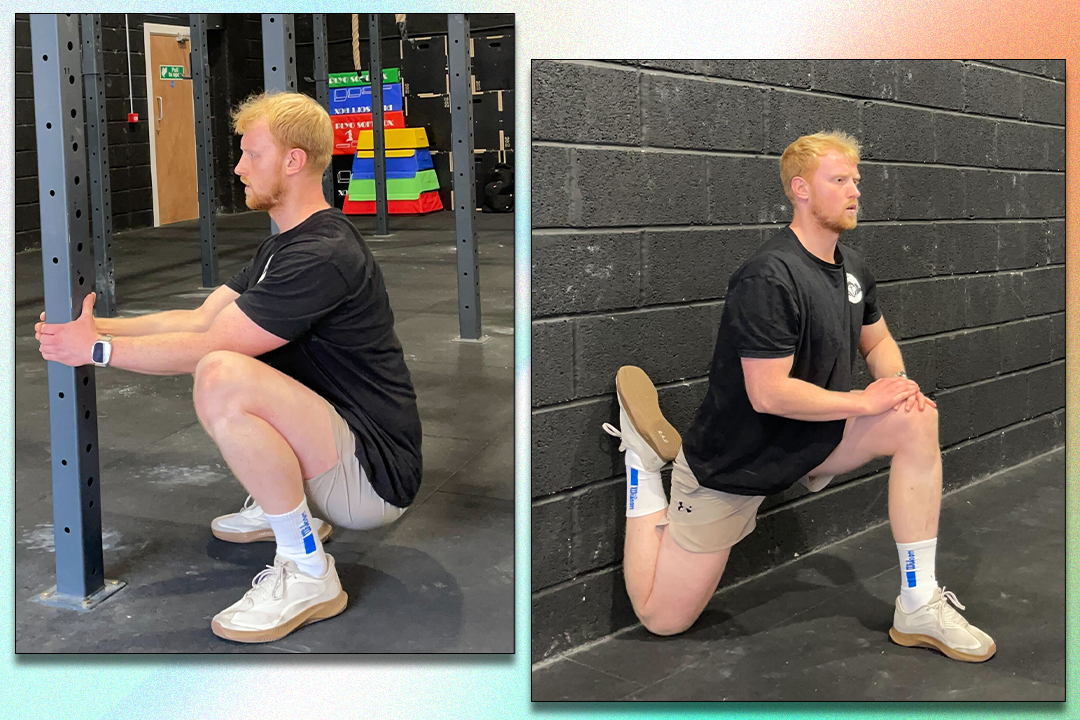How fit are you? 11 ways to easily test your strength, balance and mobility – and make them all better
Share:
Can you touch your toes, get up from a chair using just one leg, hold a plank for 30 seconds? If you want to take care of your body, the first step is to take stock of it. How often do you take a long hard look at your body? Not how it appears in the mirror, but how strong, flexible and capable it is. Even if you run, lift or stretch semi-regularly, it’s possible that you’re missing a niggle or imbalance that’s easy to fix now, but could blossom into serious problems in a few months or years. It’s also possible that a couple of easy exercises could give a huge boost to your later life, thanks to improved cardiovascular endurance, or better upper body strength.
![[Joel Snape]](https://i.guim.co.uk/img/uploads/2023/01/04/Joel_Snape.png?width=75&dpr=1&s=none&crop=none)
With that in mind, we’ve assembled a team of experts to put together a kind of MOT for your body. Do all the tests – preferably not in one day – and see where you can easily improve. “This is the Swiss army knife of fitness assessments, giving you a snapshot of your mobility, flexibility and functional strength all in one,” says Evan Flock, coach at Sessions Personal Training. “To do it, stand with your feet shoulder-width apart, bend at the waist, and reach down to touch your toes while keeping your legs straight. Next, lower your hips as far as possible, positioning your knees outside your elbows, keeping your chest up and your feet flat. Finally, raise both arms overhead, one at a time, bringing your hands in line with your ears, and come to a full stand while maintaining posture.”.
![[G2: How fit are you really? For upper body mobility: the back scratcher]](https://i.guim.co.uk/img/media/e2f60f1290069adc2b5ba08491482968d79e54f4/0_0_2004_2640/master/2004.png?width=445&dpr=1&s=none&crop=none)
This quick test can highlight a range of issues, Flock explains. “If you struggle to keep your heels down, this often indicates tight calves or restricted ankle mobility. If you shift your weight to one side, it could mean tightness in one hip compared with the other. And if you can’t keep your chest up or have trouble raising your arms overhead, it might indicate limitations in the thoracic spine, or a shoulder impingement. These complaints often come from our increasingly sedentary lifestyles – whether it’s sitting at a desk or just not moving enough.”.
![[G2: How fit are you really? For spinal stability: the toe touch]](https://i.guim.co.uk/img/media/8063ea5dc892126536d3431fb4c41bb359ddd198/0_46_1466_1298/master/1466.png?width=445&dpr=1&s=none&crop=none)






















